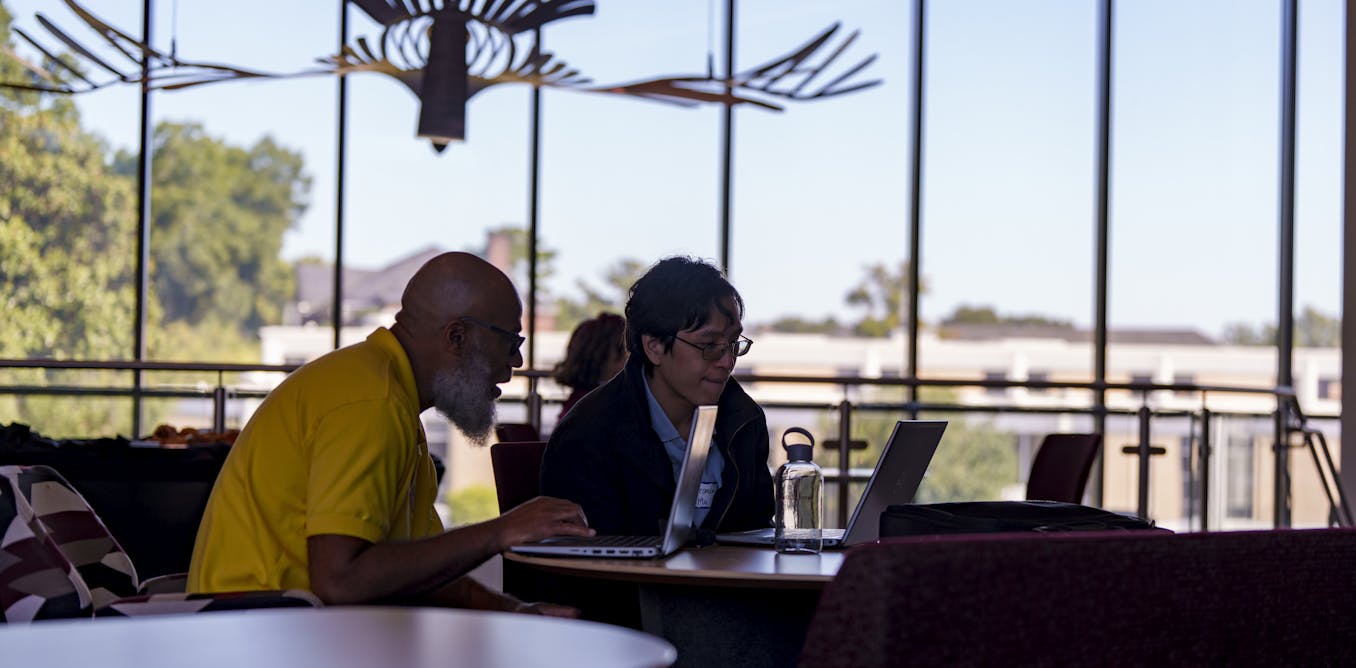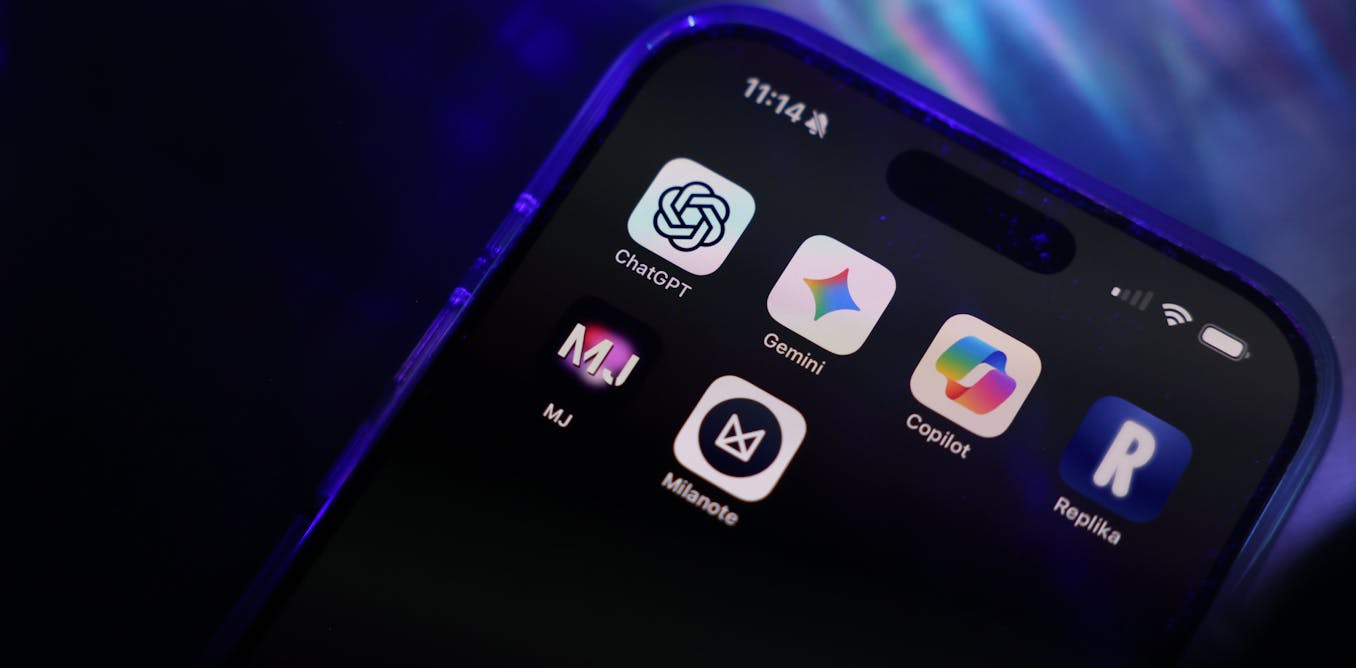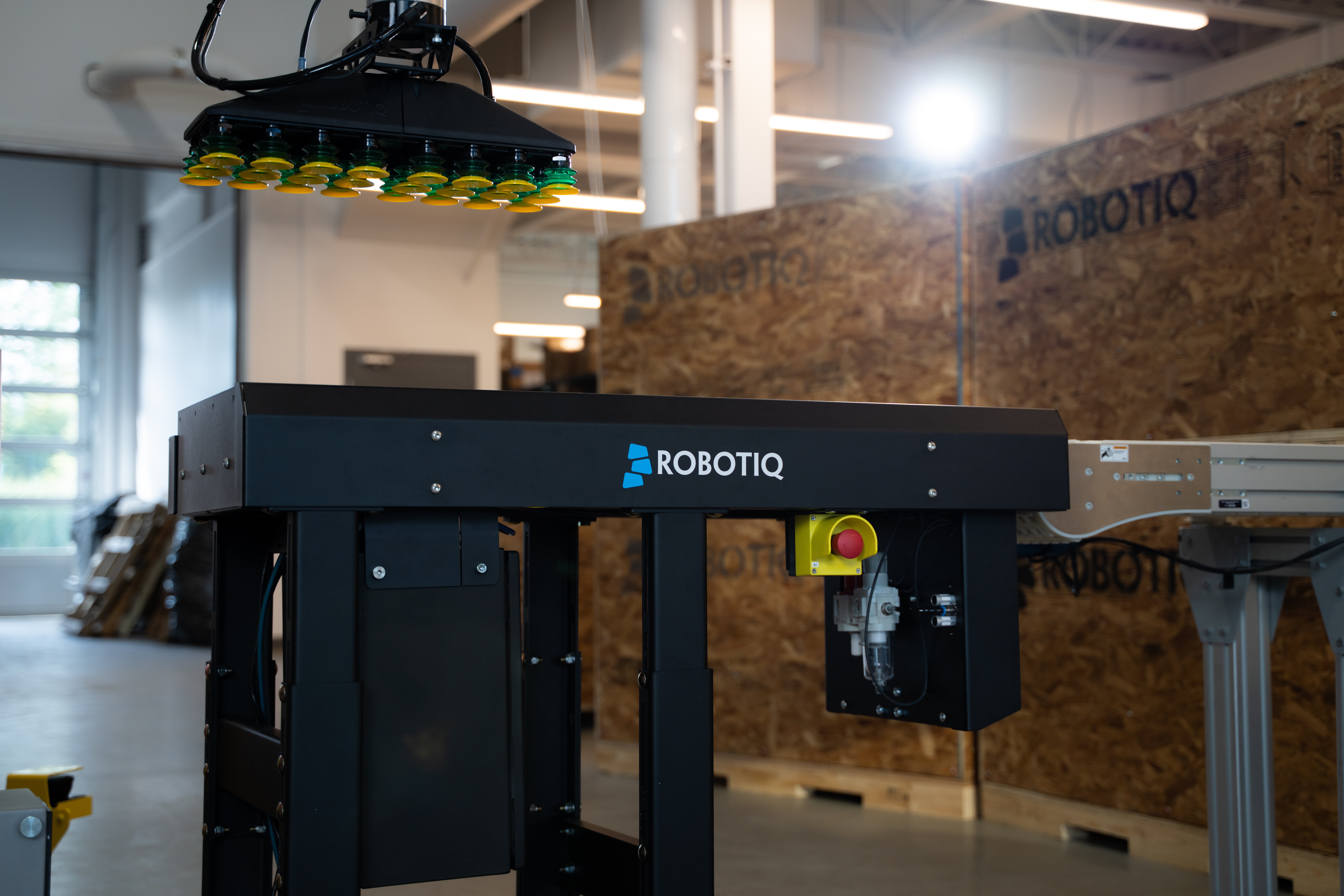Artificial intelligence technology has begun to transform higher education, raising a new set of profound questions about the role of universities in society. A string of high-profile corporate partnerships reflect how universities are embracing AI technology.
The University of Florida began assembling one of the fastest university supercomputers through a collaboration with Nvidia encompassing AI infrastructure, research support and curriculum development. Princeton launched the New Jersey AI Hub with Microsoft, CoreWeave and the state government, which will house AI startups on university-owned land under a Princeton director. Meanwhile, the California State University system partnered with OpenAI to provide ChatGPT Edu to all students and faculty, branding itself as “the first AI-powered university system in the United States.”
As a social scientist who studies educational technology and organizational partnerships, I view these collaborations as part of a decades-long shift toward the “corporatization” of higher education – where universities have become increasingly market-driven, aligning their priorities, culture and governance structures with industry partners.
I see the rise of generative AI as accelerating this trend, which risks undermining higher education’s autonomy and public service mission. Examining the underlying organizational forces that shape the future of higher education can shed light on how AI challenges universities’ traditional principles – and how they might resist corporate influence.
The rise of corporate partnerships
Over the past 50 years, private sector support for university research has increased tenfold, outpacing overall growth in higher education research spending. A pivotal shift came in 1980, when universities gained the right to retain intellectual property from federally funded research. This made commercialization of university research far easier. Over time, corporate involvement pushed university research toward commercial needs and increasingly exposed universities to the profit motive.
But partnerships haven’t just brought in money for universities; they’ve reinforced a shift toward closer alignment with industry. Universities expanded dramatically in the second half of the 20th century to meet companies’ demand for skilled labor, further coupling higher education to market incentives.
After decades of growth, however, university enrollment peaked in 2010, partly due to demographics, and the decline is projected to continue. Meanwhile, competition from training programs offered by tech companies has been growing, and federal funding has been slashed under President Donald Trump.
As colleges continue to close at record rates, the imperative to attract tuition dollars and research grants increasingly dictates institutional priorities. I argue that universities risk sidelining research that serves the public interest by looking toward corporate funding and partnerships to fill the gaps.
In my view, the shift away from public-good scholarship to monetizable content and services shaped by external industry partners jeopardizes the academic freedom and intellectual stewardship that once anchored the mission of higher education. For example, under financial constraints, university administrators may be inclined to overlook glaring value misalignments between their public mission and the commercial objectives of AI firms.
The forces driving universities’ AI initiatives
At many universities, AI adoption and the turn toward corporate collaborations are driven by more than economic vulnerabilities. The broad range of partnerships with AI companies across higher education can provide insight into the deeper dynamics at work.
Differences in AI partnerships are emerging around long-standing divides between types of institutions. Stanford’s Institute for Human-Centered AI can be interpreted as an attempt to steer global discourse on ethical AI while preserving human-led research as a marker of elite prestige. Meanwhile, AI initiatives at institutions with a strong focus on teaching and accessibility, such as California State University and Arizona State University, appear to prioritize efficiency in learning outcomes and workforce development.
Myung J. Chun via Getty Images
This underscores how AI partnerships are not guided by market incentives alone. Before universities grew into multibillion-dollar businesses, their decision-making was primarily driven by markers of intellectual prestige, such as scholarly excellence and faculty reputation. Universities largely held a monopoly over knowledge production and served as the primary gatekeepers of intellectual legitimacy, until the digital revolution dramatically decentralized access to knowledge and its production. Universities now coexist in – and increasingly compete with – a crowded, complex ecosystem of companies and organizations that produce original research.
Generative AI represents a powerful new mode of knowledge production and synthesis, which further threatens to upend traditional forms of scholarship. Confronted with challenges to their authority, universities may attempt to preserve their elite intellectual status by rushing into partnerships with AI companies eager to capture the higher education market.
My interpretation is that economic pressures and the pursuit of prestige may be converging to reinforce a technocratic approach to higher education, where university decision-making is primarily guided by performance metrics and corporate-style governance rather than the public interest.
A purposeful path forward
The evolution of higher education in response to AI has brought long-standing debates about the purpose of universities to the forefront of public discourse. Decades of corporatization has helped fuel widespread “mission sprawl” and conflicting institutional goals across higher education. Consistent with organizational theory, ambiguity about universities’ role in society could lead many institutions to become increasingly susceptible to corporate co-optation, political interference and eventual collapse.
Although partnerships between universities and corporations can advance research and support students, corporate norms and academic principles are inherently distinct. And at many universities the process through which differences in institutional values are surfaced and reconciled is unclear, especially as AI initiatives have often sidestepped democratic faculty governance.
The recent surge in AI partnerships puts in plain view the growing dominance of market forces in higher education. As universities continue to adopt AI technologies, the consequences for intellectual freedom, democratic decision-making and commitment to the public good will become an increasingly pressing question.
Research support was provided by undergraduate research assistant Mehra Marzbani, whose contributions are gratefully acknowledged.

The post “Why higher ed’s AI rush could put corporate interests over public service and independence” by Chris Wegemer, Postdoctoral researcher, University of California, Los Angeles was published on 10/08/2025 by theconversation.com

























